Nowadays, not only cash is used to carry out financial transactions. There is also non-cash money - finances held in bank accounts. They are used to pay for goods and services, and to execute money transactions. Non-cash turnover includes payments that are made without printed banknotes. Financial transactions are performed using records on the status of accounts of payers and recipients.
Destination
Non-cash money has the same properties as cash. Therefore, the purpose can be described by 5 signs:
- Cost measures. It appears when creating the price, that is, the value of the product, expressed in cash. Due to this, goods are compared among themselves. Pricing is determined by the conditions of production and exchange.
- Medium of circulation. The expression of the price of products in monetary form is necessary for its implementation. With market relations, the exchange of goods and services cannot be completed without financial intermediation.
- Means of payment. The function consists of the previous factor. Due to the development of loans, it strengthens, and cashless payments improve its position.
- Means of savings. A reserve is being formed.
- Funds are used in international settlements.
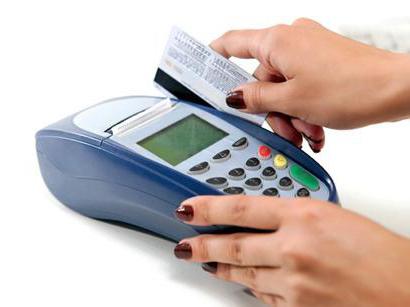
This is the basis for non-cash circulation of money. The most important are 2 functions: calculation, accumulation and a measure of value. Money as a medium of circulation is fading into the background. Bank transfer is now considered more in demand, in addition, it is very convenient for the majority of the population.
Operations
Cash and non-cash money differ in movement. But there is nothing complicated in cashless payments. The mechanism of their work is very simple. The required amount is transferred from one account to another. Transfers are made without the participation of banks, but they simplify the transfer of funds. No need to keep and keep a lot of cash. This method is indispensable for business transactions.
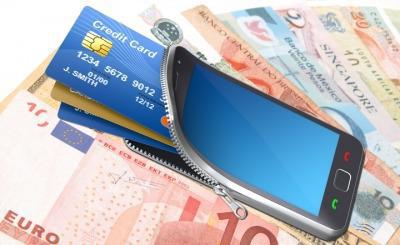
Types of cashless payments
Non-cash money is a finance that needs documentary support in several ways:
- Payment order. For this, funds are transferred from the payer's account to the recipient.
- Letter of credit. The account in which a certain amount is stored is intended to pay for goods and services. Funds are transferred to the seller after the provision of transaction documents.
- Collection order. It is used for debt collection. The collector presents the bank with documents to confirm the right of access to the debtor's money.
- Checkbook. This option is referred to cashless transactions, since funds may not be transferred by cashless method, but may be issued in cash.
- Electronic money. This non-cash transfer of money is performed with the help of an intermediary - financial institutions. They are made on the basis of the law.
All forms of non-cash money are controlled by the Central Bank of the Russian Federation. Typically, transactions carried out with accounts in one country are carried out in 2 business days.
Order of conduct
Cashless payments are carried out in the presence of an account opened under the contract. The current legislation of the Russian Federation provides for the possibility of conducting non-cash transactions without opening a current account. But this is possible for payments by citizens whose transfers are not related to entrepreneurship.
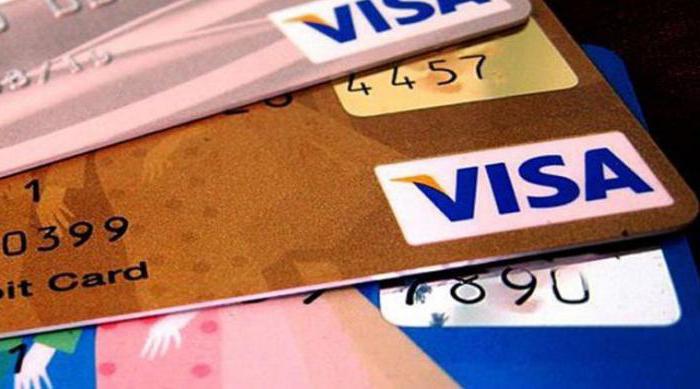
To carry out such calculations, an account can be opened with a bank and other financial institutions that have received a Bank of Russia license for their work. To conduct them, you can issue:
- current account: used by ordinary citizens to make cashless transactions;
- settlement: executed by organizations, entrepreneurs and citizens with private practice, used for commercial activities;
- budget: it is used for conducting operations with budget money and is opened by legal entities;
- correspondent: executed by banking and credit organizations;
- deposits: opened by citizens and organizations to extract free funds;
- special account: issued by organizations, citizens, entrepreneurs.
All accounts are opened in rubles and other currencies.
Electronic money
The most popular non-cash payments are electronic money. Their benefits include mobility. They are used to pay for goods and services. You can use them at any time.
To use electronic tools you need the Internet. The turnover is carried out using payment systems that are intermediaries. They established additional norms for the circulation of funds, but they should not contradict the rules of the Central Bank. Funds are transferred from one account to another.
Types of Electronic Wallets
In Russia, there are several electronic wallets available for performing cashless transactions. These are PayPal, Yandex.Money, WebMoney, Qiwi. Each system has its own fees, restrictions on the amounts. Using these wallets, you can pay for various goods and services.
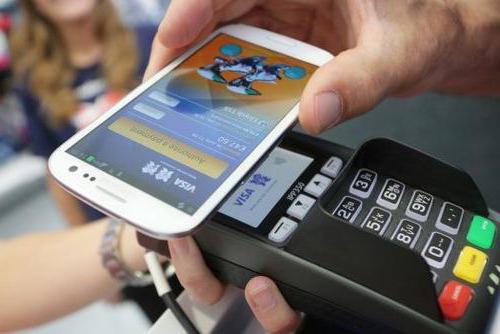
Through systems, you can transfer money into cash, that is, receive at banks and other financial organizations. From official sites, you can perform various operations, and everything is done very quickly. You should use proven e-wallets, as they are better protected than others.
Cashless payments
Individuals usually use bank cards, which can be debit, credit, mixed. This is cashless money. The credit card contains funds issued to the client on conditions specified by the bank. They must be returned according to the approved schedule. To issue, you need to confirm solvency and conclude an agreement with the conditions.
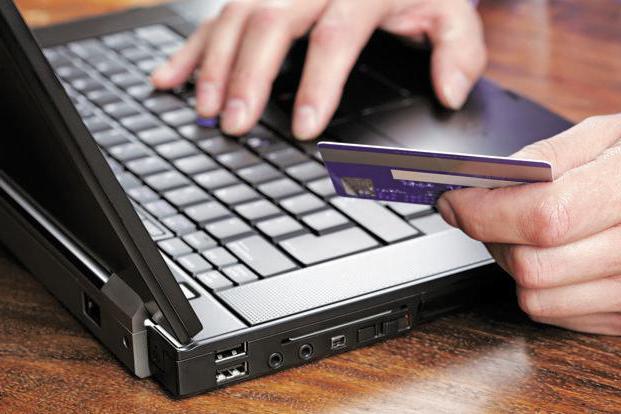
Debit cards are used for everyday operations: withdrawing bills, paying for goods, money transfers. But this is done at the personal expense of the client. Such cards are used in salary projects. Mixed cards have the same functions as debit cards, but have a limited overdraft. Its size is set by the bank.
Features
Everyone knows how cash transactions are performed. Non-cash funds and non-cash money have their own characteristics. The difference is the presence of the bank. In addition to the seller and the buyer, all operations are under the supervision and control of the financial institution that opened the account.
Non-cash form of payments can be used by all - legal entities, citizens and entrepreneurs. Payments are made with the help of banking and credit institutions that have permission to work.

Write-off and crediting is carried out electronically. At the end of the working day, an account statement is issued in which the balance is recorded at the beginning and end of the day. This is necessary to control cash flows. Cash flows are regulated:
- Civil Code of the Russian Federation - Chapter 46 “Settlements”;
- Regulation No. 383-P approved by the Bank of Russia on June 19, 2012.
Regulation No. 266-P, which establishes the issue of payment cards, also applies. It refers to the implementation of acquiring. This procedure involves payments by payment card services. These 3 documents control cashless circulation, which crowds out cash circulation. This phenomenon has its own reasons:
- Settlements using accounts practically do not freeze;
- much cheaper compared to cash;
- it is more profitable for organizations to use just such a calculation method, since they have fewer design requirements.
Therefore, many companies use the non-cash form of payment to save. It is also chosen by large companies operating for more than one year. For ordinary citizens, this method of payment is also convenient, since you need to have a plastic card, on which a service commission will not be charged. The state also benefits from the non-cash method, since it can control the circulation of money supply, and a decrease in cash reduces inflation.
Advantages and disadvantages
Cashless transactions have the following advantages:
- are supported by bank documentation, so they can be tracked;
- it is possible to carry out several operations simultaneously;
- the risk of substitution of counterfeit banknotes is excluded;
- expenses, storage, accounting, transportation are reduced;
- unlimited storage period of finances;
- No need to buy a cash register.
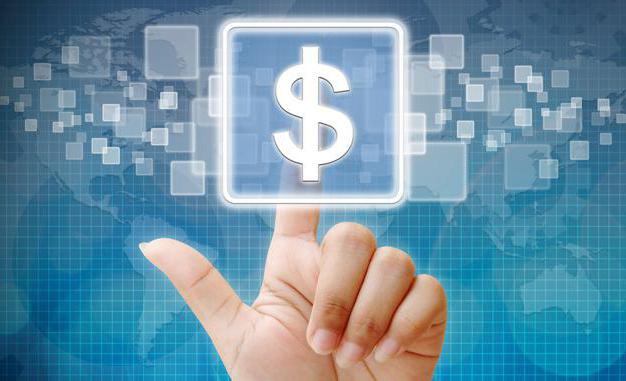
But non-cash payment has its drawbacks:
- the need to pay mediation fees;
- technical failures, blocking means;
- the presence of a constant cash flow to pay for services.
Nevertheless, the non-cash method is a convenient way to transfer funds. If you approach this issue correctly and choose a bank with favorable conditions, then negative aspects will be minimized.